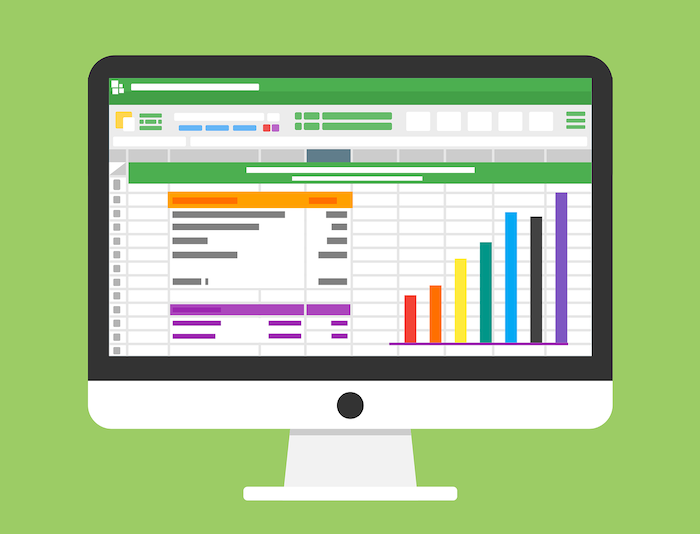Budgeting isn’t just about the proper allocation of resources. Your company’s budget will always reflect its vision and values. That’s why controllers play a critical role in ensuring that the company’s budgeting strategies align with the organization’s broader objectives. But how can financial managers do this more effectively?
Here are some of today’s best budgeting strategies for controllers and CFOs.
Financial Planning and Analysis (FP&A)
Financial planning and analysis (FP&A) covers a wide range of planning, forecasting, and analytical activities. The goal is to make business decisions that support the company’s larger goals as well as its financial health.
Basically, FP&A is a holistic strategy that combines financial data, operational data, and external data, all of which can determine how a company is performing relative to its internal goals and external market trends.
Controllers often tap into technology that can help them with these important processes. AI-powered tools are increasingly used to comb through historical data and create summaries that influence future budgeting decisions and projections.
Forecasting
Controllers commonly use methods like trend analysis or computer modeling to predict the company’s future revenue. These financial forecasts can be used to create and shape the company budget or to set benchmarks or immediate goals. Forecasting can also be used to adapt the company strategy to new needs or industry trends.
This is another example of how controllers can apply their technical skills to the budgeting process. A thorough analysis of past data or external trends can help companies make data-based financial decisions.
Continuous Forecasting and Budgeting
Historically, the forecasting and budgeting processes took place at defined intervals: monthly, quarterly, or even annually. But today’s business climate changes far too rapidly to wait for a quarterly review. Top-performing companies have adapted to continuous forecasting/budgeting models, which allow them to make decisions based on real-time financial data.
This usually involves the support of financial software. Many ERP platforms empower financial leaders and other professionals with a centralized dashboard. There, controllers gain access to up-to-the-minute company data. In most cases, the interface lets users take a deep dive for granular analyses, though the real value is the fast, accurate information.
Company leaders can use this to adapt on an ongoing basis rather than wait for the conclusion of a budgeting cycle/reporting period.
Setting Budgets as a Percent of Revenue
A simple way to set budgets is to tie line items to company revenue. For instance, you could set your marketing budget to 5% of your company’s total revenue. This prevents you from exceeding your budget in any one area.
If you pay close attention to real-time data, you can adjust these percentages accordingly. Maybe if your revenue is lagging, it’s a good time to increase your marketing percentage to engage more customers. By tying your budget to your revenue, you’ll automatically adjust based on your broader performance.
Collaboration Across Departments
In many cases, the needs of separate departments will overlap with one another. In other cases, some departments may have needs that exert a particularly strong influence on the budget. For instance, controllers might work with CISOs to assess company security protocols and allocate money to address new threats.
Interdepartmental collaboration can also help department heads feel more connected to the budgeting process. They may feel more able to communicate their needs and learn what resources are available, which will define their working parameters.
Contingency Planning
In a rapidly changing business world, the companies that thrive are the ones who adapt to new circumstances. Staying flexible is crucial for preparing both short-term and long-term budgets, which is why it’s important to pair your continuous planning methods with contingency planning.
Contingency planning is the process by which you create alternative plans should your primary goals not succeed. For instance, if a future expansion project depends on your company reaching a financial benchmark, you may need to devise a plan B.
A contingency plan allows you to adapt to changing circumstances within clearly defined parameters and maintain your strategy even amidst uncertainty.
Change Controls
Change controls refer to system-wide strategies for managing new changes. These might be important strategies when implementing new software or instituting new business goals.
By using change controls, controllers can ensure that new developments within the company have a manageable impact on the larger financial picture. This is yet another reason why collaboration between departments can be so fruitful. For example, working with CISOs and IT managers can protect the company from security threats that could cost the company time and resources to address.
Thriving Amid Uncertainty
The modern budgeting process is iterative, meaning it requires regular attention and management. Controllers who have the skills to manage real-time data and adapt accordingly can help their organizations thrive even in an uncertain economic climate.




